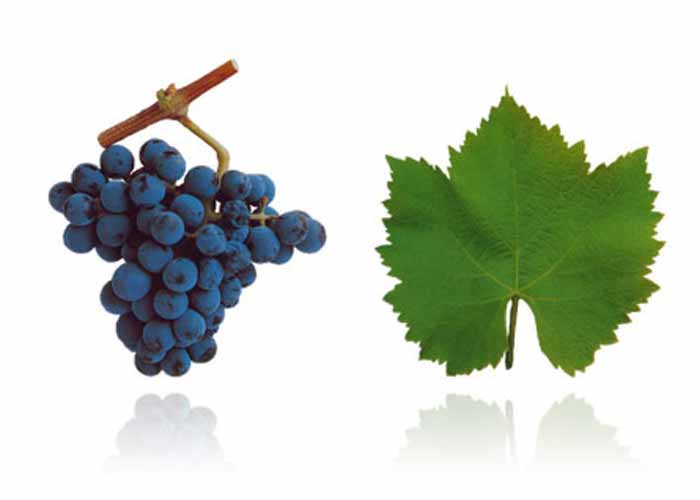Grape varieties
Grape varieties
Tinto Cão
In the Dão region, this grape is a relatively recent arrival, but in the Douro it dates back to the 18th century, and is now one of the five officially recommended grapes.
Although it has drawbacks economically, it makes fine wines. Its quality is evident in the perfect balance between tannins, acidity and sugar in the juice, in the firm but ripe quality of its tannins, and its rich colour. The wines are floral, dense and well structured, and can be very long-lived. It is frequently blended with Touriga Nacional and Aragonez, amongst others. The dense, thick skins of Tinto Cão grapes not only give rich tannins and colour, they also provide protection from mildew and rot. So what are its problems? It is late-ripening, and produces incredibly low yields, so low as to be economically unviable, and it is possibly therefore destined to die out.

Typical aromas


